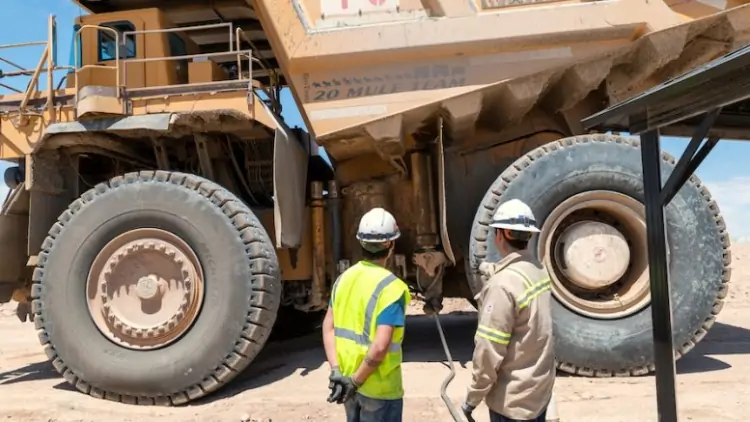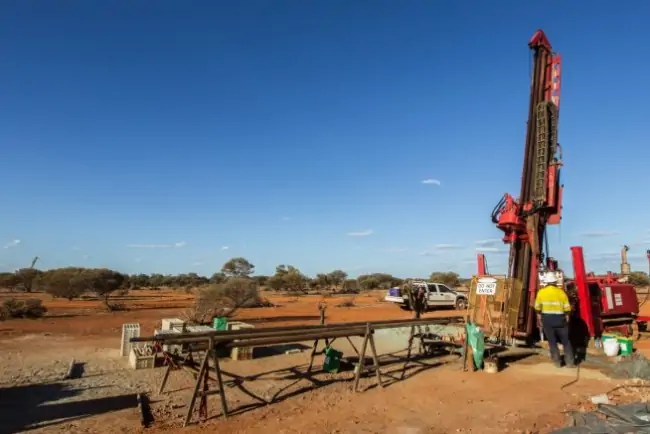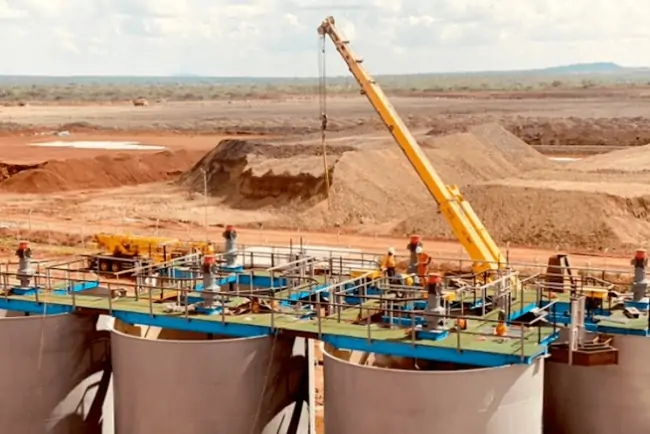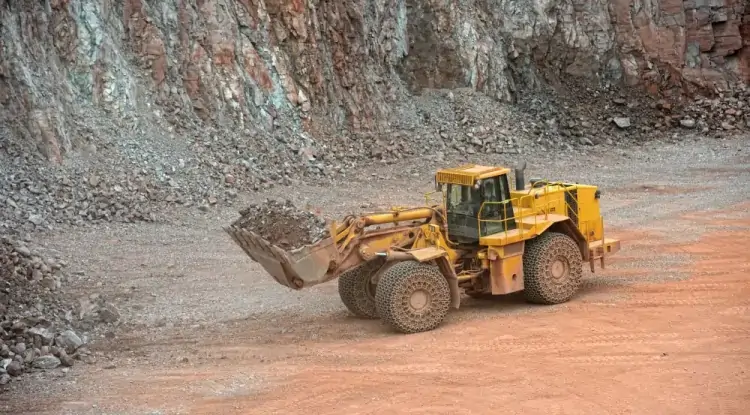Rio Tinto Boron mine becomes first to switch to renewable diesel
Rio Tinto (ASX: RIO; LSE: RIO) said on Friday it had completed the full transition of its heavy machinery at its Boron operation in the U.S. from fossil diesel to renewable diesel, making it the world’s first open pit mine to achieve this milestone.


The company said the changeover from conventional to renewable diesel brings an anticipated carbon dioxide-equivalent reduction of up to 45,000 tonnes per year. This is comparable to eliminating the annual emissions of about 9,600 cars.
Renewable diesel is chemically identical to what it’s currently sold at pumps, but it’s created from renewable raw materials instead of crude oil. Due to its essential similarities, Rio Tinto said it doesn’t need to modify its existing fleet of diesel trucks, trains and mobile equipment.
The new type of diesel doesn’t have a shelf life, meaning its storage and distribution are far more accessible.
“The transition at Boron is an important first step and will undoubtedly lead to further opportunities to decarbonize our global operations,” Rio Tinto Minerals chief executive Sinead Kaufman said in the statement.
Rio Tinto conducted the initial trial at the California operation last year in partnership with Neste and Rolls-Royce.
The conversion to renewable diesel supports the company’s global decarbonization objectives, which include a 50% reduction in Scope 1 and 2 emissions by 2030 and a commitment to reach net zero by 2050.
Rio estimates carbon emissions from using diesel in its mobile fleet and rail accounted for 13% of its Scope 1 and 2 emissions last year.
The Boron mine is California’s largest open-pit mine and the largest borax mine in the world. The mineral, essential to plant growth, is added to fertilizers. It is also used in high-tech applications, such as heat-resistant glass for smartphones and materials for renewable energy.














